by M. L. Webster
At four-thirty on the morning of March 19, 1916, the sound of gunfire echoed through the streets of Columbus, New Mexico, a border settlement of adobe houses, a bank, a post office and a few stores surrounded by cactus, mesquite and rattlesnakes. Men on horseback led by the renegade, Pancho Villa, swarmed through the streets, looting, killing, burning and shouting, “Viva Villa! Death to the gringos! As darkness gave way to dawn, the Villistas disappeared back into the Chihuahua hills, leaving behind 19 American dead and a town in smoldering ruins, an action that led directly to the first use of U.S. military aircraft over foreign territory.
[text_ad]
In response to Villa’s raid, President Woodrow Wilson ordered Gen. John J. “Black Jack” Pershing to form a “Punitive Expedition” and bring the renegade to justice. (The general’s aide-de-camp was Second Lieutenant George S. Patton, a 30-year-old West Pointer.)
Air Power to the Rescue
Aware of the effectiveness of airplanes in World War I, then raging in Europe, John Pershing requested the support of the 1st Aero Squadron for mail and communications, aerial photography and the observation of enemy forces as well as of advanced parties of the Expedition.
The squadron consisted of eight Curtiss NJ-2s, (the famous Flying Jennies), 11 pilots, 82 enlisted men, 10 trucks and one civilian mechanic. The Flying Jennies had low, rakish lines; staggered wings; instrument panels; a long, deep, narrow fuselage; and a wicker seat for an observer.
America Needed to Catch Up
Technically, however, these planes lagged far behind those used in European combat. Aeronautical progress in the United States was slow due to a lack of interest by Congress and ranking army officers who felt air power had no military use. In 1916 alone, Germany spent $45 million to develop air support while the United States spent $435,000. The American Army had only 20 serviceable planes, the British over a hundred, while the French and German armies had still larger numbers.
Benjamin Foulois an Air Power Visionary
In 1911, the first American military pilots, a total of four men, were trained in San Diego using the Curtiss “Type 1V, Military.” (In the same year, Lt. Hap Arnold set an altitude record of 4,167 feet. Arnold was also the first American pilot to direct artillery fire from an airplane.) In 1914 the 1st Aero Squadron was organized as part of the Army Signal Corps commanded by Cpt. Benjamin Foulois, with five pilots and three Martin biplanes.
Foulois, 34 years old and largely a self-taught pilot, believed fervently in the future of air power. In 1915 the squadron transferred to Fort Sill, Oklahoma, to test the new Curtiss JN-2 for artillery liaison. Although new, the 90-horsepower Jennies were underpowered with tail surfaces that were too small. The JN-2 were fitted with shoulder harnesses that accentuated the ailerons. To force a bank to the left or right, pilots leaned into the harness to move the aileron in the desired direction, producing a jerky change in altitude. The planes had no machine guns, no bombs; none of the necessities of warfare.
A Mission to Texas for the Jennies
The squadron then transferred to San Antonio, a distance of 450 miles, with orders to fly cross-country rather than by the usual method of rail transportation. Two stops and three days later the Jennies arrived in Waco. Foulois lamented to the press, “We have been several years building fifty-three airplanes for the army. Our active Squadron totals six. To show the insignificance of such a force, more than that number are destroyed every day in the European War.”
With maps supplied by the U.S. Post Office—the only maps available—the squadron left for Fort Sam Houston, 90 miles to the south. En route, strong winds scattered the planes, some pilots following railroad tracks, others landing to ask directions. Finally, seven days later, all six Jennies had landed safely.
Here, the pilots took additional training in conjunction with ground artillery, and also made their first attempt at aerial photography.
First Sortie Over Foreign Territory
Three days after the Villa raid, Pershing ordered the 1st Aero Squadron to proceed by rail to Columbus. This time the men disassembled the planes and loaded them onto flatcars. Captain Foulois, 10 pilots, 82 enlisted men, one civilian mechanic and two hospital corpsmen boarded a Southern Pacific train for the “front.” Upon arrival in Columbus, Foulois flew a 30-mile sortie into Mexico—the first by a U.S. military aircraft over foreign territory.
South of the border, Mexico lay in anarchy; torn into factions by a civil war, one of the bloodiest in history. In the Northern State of Chihuahua, Pancho Villa, the last of the warlords roamed freely, looting and killing. Complex and controversial, Villa was a fighter with an instinctive grasp of guerrilla tactics. The local campesinoscalled him “Tiger of the North,” their Robin Hood, because he stole from rich landowners and foreign mining interests, rustled cattle and distributed the spoils to the desperately poor peons. Villa understood their plight. He, too, was born a peon into the feudal hacienda system, illegitimate, illiterate, but with a charismatic personality.
Germany Stirs the Pot
Added to this unrest, Germany seized the opportunity to infiltrate Mexico with propaganda and spies, hoping that a war in Mexico would divert American attention from the conflict in Europe. The following telegram from Berlin to Mexico City was intercepted by English intelligence:
… we propose Mexico an alliance upon the following terms: joint conduct of war … ample financial support and an agreement on our part that Mexico shall gain back by conquest the territory lost by her at a prior time in Texas, New Mexico, and Arizona .…
An Environment Not Fit for Man or Beast
The Punitive Expedition also became a campaign against inhospitable terrain. Chihuahua comprised more than 94,000 square miles of desert and the Sierra Madre Mountains. There were no maps of an area where every mountain and valley was of tactical importance. Nor were there roads, only desolate, barren plains broken by cattle trails, cactus, scorpions, rattlesnakes and mountains.
Logistic problems became acute. More than six thousand horses required a daily minimum of 60,000 pounds of grain and 84,000 pounds of hay. Water for both men and animals grew scarce. Men tied rags around their faces and the muzzles of the animals to shut out the blowing alkaline dust. The nights were freezing, the days blazing hot. During the rainy season, vehicles struggled, mired in mud that sucked at the wheels and horses’ hoofs.
Animals succumbed to exhaustion, starvation, colic and extreme temperatures. In addition, local inhabitants met the “gringos” with increasing hostility. Memories of the U.S. Marines’ occupation of Vera Cruz in 1914 lingered in their minds, as did the Mexican-American War that “confiscated” half of their territory. Did the gringos want more land?
Blind Leading the Blind
On the afternoon of March 19, Pershing ordered the 1st Aero Squadron “to proceed here [Casas Grandes] at once for immediate service,” 120 miles south of the border. Taking the “at once” seriously, Captain Foulois ordered the squadron to take off, even though it was late afternoon. The men were dismayed. None had flown at night nor had they any idea where Casas Grandes was. They had no maps, no reliable compass and no lights to read the instrument panel. The only information they had was that the landing field would be “lit by fires.” Foulois ordered the pilots “to follow the plane ahead of you.” That meant if one got lost its followers got lost.
One plane, piloted by Lt. Walter ”Mike” Kilner, unable to gain altitude, returned to Columbus. The mechanics worked through the night installing a new engine. At dawn, Kilner again took off and landed two hours later at Casas Grandes, the first of the eight planes to arrive.
Missing Comrades
The remaining seven Jennies flew on in the dark, each following the glow of the exhaust flames from the plane in front. Realizing the danger, Foulois set down at Ascensión, halfway to Casas Grandes. Only three pilots noticed his descent and landed. The next day those planes flew on to Casas Grandes. That left three Jennies unaccounted for.
One of the missing pilots, Lt. Edgar Gorrell, headed toward a glow on the horizon thinking it was the signal fires, only to find a forest fire. Passing over adobe huts, he smelled the odor of his engine burning from lack of oil. Heading down in a series of steps—nose over, level off, nose over, level off—he landed safely. Seeing men coming toward him, and believing them unfriendly, he grabbed his pistol.
As the men got closer, Gorrell dropped to his stomach and began to crawl through a herd of cattle and horses. Later he commented, “As I crawled forward the herd came after me: when I stopped, they stopped, when I crawled they followed so close their horns touched my heels.” Terrified, he ran toward a small stream, sloshed across it, leaving the animals behind. After seven hours of walking, he collapsed and slept until dawn.
All My Silver for a Horse
Believing the army’s line of communication lay to the west, he made his way across the scorching desert, walking until late afternoon. Thirsty and parched, with his tongue stuck to the roof of his mouth, he passed out. When he came to, it was dark. Ahead of him was the stream of water he had crossed the night before. He drank his fill and slept until dawn. Suddenly a Mexican on horseback came riding toward him.
Pointing his pistol at the rider, Gorrrell yelled, “Amigo, amigo.” Seeing the horseman was unarmed he explained his problem in his best West Point Spanish, offering the Mexican eight silver dollars—all he had—if he would lend him a horse and take him to the nearest American encampment. The sight of the silver quickly concentrated the Mexican’s mind. Together they set off for Ascensión, a distance of 20 miles, with his pistol trained on the Mexican all the way. Seeing smoke on the nearby hills, the Mexican explained they were signals “from one Villa band to another,” and that he was “terrified of being caught helping a gringo.”
On a Patched Wing and a lot of Determiniation
On the outskirts of Ascensión they met an American cavalry unit. Borrowing a truck and driver, eight gallons of gas and a gallon of oil, Gorrrell drove back to his plane, filled the radiator from the stream, fueled the tanks and took off, flying for 30 more miles.
Again he landed to beg more fuel from a moving American convoy. He enlisted several truckers to hold the wings and tail of the plane until he got the maximum revolutions from the engine. Then the truckers let go and the Jenny shot forward. Gaining height, Gorrell noticed a large part of the rear wing spar missing, and the linen covering “began to shred into long flapping ribbons.” He fought the plane down safely.
Disgusted, Gorrell hitched a ride to Casas Grandes. Two days later he returned, patched up the Jenny and flew back to the squadron seven days after leaving Columbus.
Crew Reunited but Down a Jenny
The next morning, the last of the missing pilots, Lt. Robert Willis, arrived in Casas Grandes on foot. Unable to find his way in the darkness, he had kept flying until he ran out of gas and landed in a field. A truck with spare parts and an armed guard drove to the site only to find his plane chopped into little pieces by the local natives. The 1st Aero Squadron was now down to seven planes.
On March 22, Foulois and another Jenny tried to locate American cavalry moving south. En route, they reached a pass but could not get the 90-horsepower Jennies over the mountains. The next morning, three other planes located the missing cavalry and landed. They did not return for three days due to high winds and blowing dust.
In a report to Washington, Foulois requested re-equipment of the squadron, including engines with 125 to 160 horsepower, spare engines, wings, landing gear, radiators and magnetos. The reply came back that “all airplanes available for service were already with the Pershing Expedition.”
Jennies Shine in Recon Mission and Even Set Record
The Jennies performed surprisingly well as couriers, carrying dispatches between Columbus and the various field headquarters, or following cavalry pursuit columns. No longer required to fly Chihuahua’s rugged peaks, the planes flew only in daylight along Mexico’s valleys, sometimes as many as 19 missions a day. One plane, piloted by Gorrell and carrying an observer, flew a distance of 315 miles in less than five hours, a record for a nonstop flight with two men.
As Pershing’s need for reconnaissance increased, the squadron undertook several flights during April 1916, moving its operating base south with the cavalry to keep up with the general’s requirements. But their efforts were doomed. The squadron had only 12 days of usefulness left.
Hostile Conditions Finally Take Their Toll
On one mission, a heat-warped propeller snapped a blade, the torque nearly tearing the engine from its mounting. By applying full opposite aileron, the pilot managed to land the Jenny successfully, but it was the plane’s last flight. Another Jenny was damaged when a wheel sheared off while landing. The plane ground-looped, ripping off the lower wing and snapping several longerons in the fuselage.
The pilot was unhurt but the Jenny was destroyed. That left the general with five serviceable planes.
On April 7, Pershing ordered Foulois to carry dispatches to the American Consul in Chihuahua City, 130 miles away. To ensure delivery, Foulois duplicated the messages; the copies were to be sent in two different planes, each with a pilot and an observer. One plane, piloted by Lt. Townsend Dodd with Lt. Joseph Carberry as observer, was to land north of the city, Foulois and Lt. Herbert Dargue would land to the south.
First American Pilot Prisoner of War
Dodd landed without incident, but as Foulois’s plane set down, they were surrounded by angry Mexicans waving rifles. Jumping out, Foulois ordered Dargue to take off and join the other plane north of the city. As shots rang out, the pilot gave the engine full throttle, zooming over the crowd, spattering them with dust.
The rifles then pointed at Foulois, forcing him to raise his arms. Prodded toward the city by the trigger-happy mob shouting, “Viva Villa—kill the gringo,” he found himself in the local jail—the first American pilot to become a prisoner of war.
Another Narrow Escape From Angry Locals
North of the city, an angry crowd surrounded the two planes, taunting the pilots, burning holes in the wings with cigarettes, and slashing the fabric with knives. Small boys swarmed over the Jennies, unscrewing nuts and turnbuckles. Both pilots scrambled back into their planes. Carberry took off safely. But when Dargue lifted off, the top section of the fuselage flew back, striking the vertical stabilizer. Dargue managed to land, again surrounded by the angry mob.
Thankfully, an armed guard sent by the American Consul came to his rescue. Foulois was freed from jail, both planes patched up, and the pilots flew out. Inside the city, angry Mexicans stormed the American Consulate, throwing stones and breaking windows. The consular shield was dragged through the streets to the familiar cry, “Death to the gringos!”
The following day Lieutenant Ira Rader, carrying dispatches, was forced down by a high ridge of mountains, badly damaging the machine. Unable to make repairs a hundred miles from base, Rader abandoned the plane. This left the squadron with three Jennies.
New Technology and a Forrest Fire
With the arrival of a new Brooke automatic aerial camera that sequenced itself at predetermined intervals, Pershing ordered Dargue and an observer aloft to photographically map the approaches to Chihuahua City. Following roads through the foothills, the engine began to vibrate and lose power. Dargue crash-landed upside down on a slope, tearing the plane to pieces. Both men crawled out unhurt, but the camera was smashed and the plates ruined.
The men set fire to the wreckage, the flames quickly spreading to surrounding trees. Back down the hill the men stumbled to escape what an official report later described as “one of the largest forest fires in Mexico. The mountains burned for forty miles.”
Walking day and night, the men started toward their base more than 60 miles away, wary of rattlesnakes and scorpions, while suffering from the cold and heat and lack of water. Two days later they limped into camp, exhausted, only to discover that Pershing had ordered the squadron—the two remaining Jennies—back to Columbus to refit.
Ignoble End to the Last of the Jennies
Upon arrival in New Mexico, Foulois parked the two remaining planes on the far side of the runway and put a match to them. The Jennies were replaced by the more promising Curtiss R-2s with 160 horsepower engines. But Foulois found them poorly assembled with vital parts missing. Preparing for a possible war with Mexico, the planes were rebuilt in the base workshops, but the laminated propellers became unglued in the dry heat that sucked the moisture out of the wood.
The men tried metal propellers but they proved too heavy, then single blocks of wood that warped so badly the engines vibrated in flight. Finally they solved the problem using pre-aged wood native to the desert heat. To keep the glue from drying out, they built special humidors to store the propellers while not in use. This meant bolting and unbolting the propellers before and after each flight.
Although Pancho Villa was never captured, he was effectively neutralized and forgotten as the war in Europe occupied increasing American attention. By January 1917, Pershing began the withdrawal of American troops from Mexico. In a way, it was the end of an era. Military tactics were changing. The days of the cavalry were over. Trucks and tanks were replacing mules and wagons.
Jennies’ Accomplishments Propel Big Advancements
But from the perspective of the 1st Aero Squadron, the Punitive Expedition was a milestone in the development of military aircraft. While the Jennies were inadequate for reconnaissance in the mountains of Chihuahua, their accomplishments were many: flying 346 hours on 540 missions covering more than 19,533 miles, performing reconnaissance over territory unsuitable for cavalry or infantry and beginning the first military aerial air route by delivering thousands of letters to and from Pershing’s troops without a single fatality.
On Christmas Day, 1917, Captain Foulois received the following telegram from General Pershing:
Please accept for yourselves and officers and men of the First Aero Squadron my cordial greetings … for the faithful and efficient service it performed as part of the expedition.
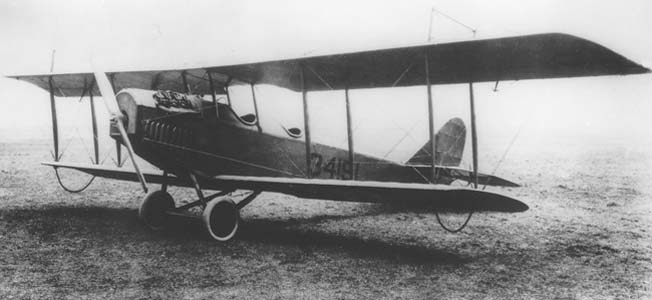
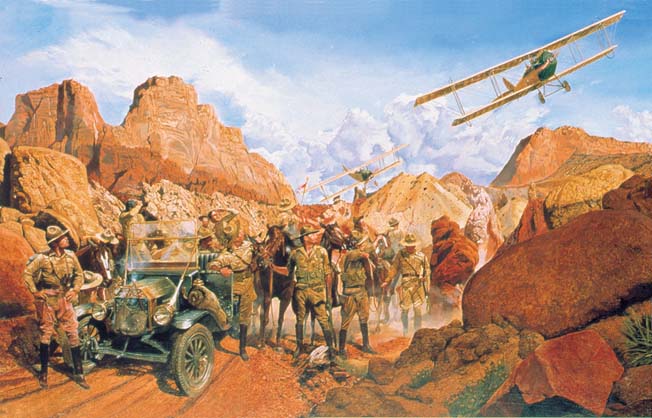
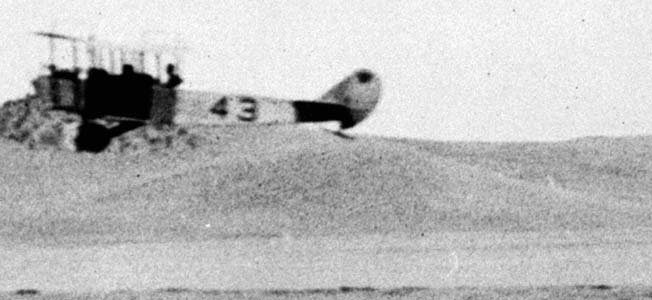
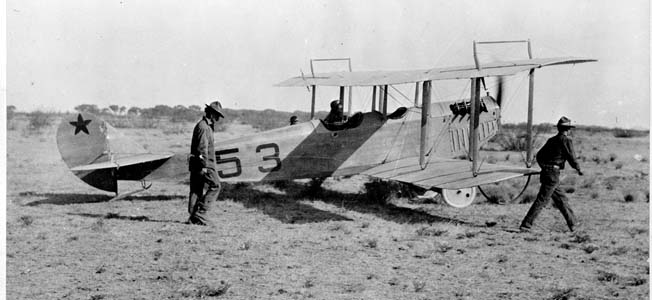
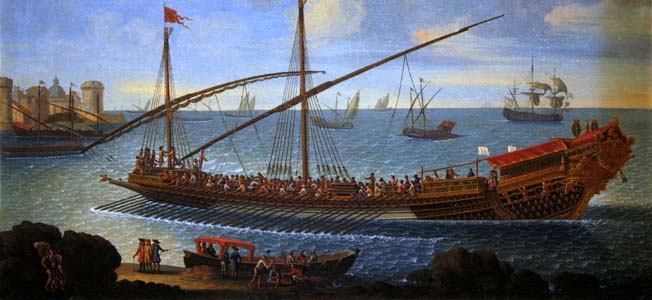
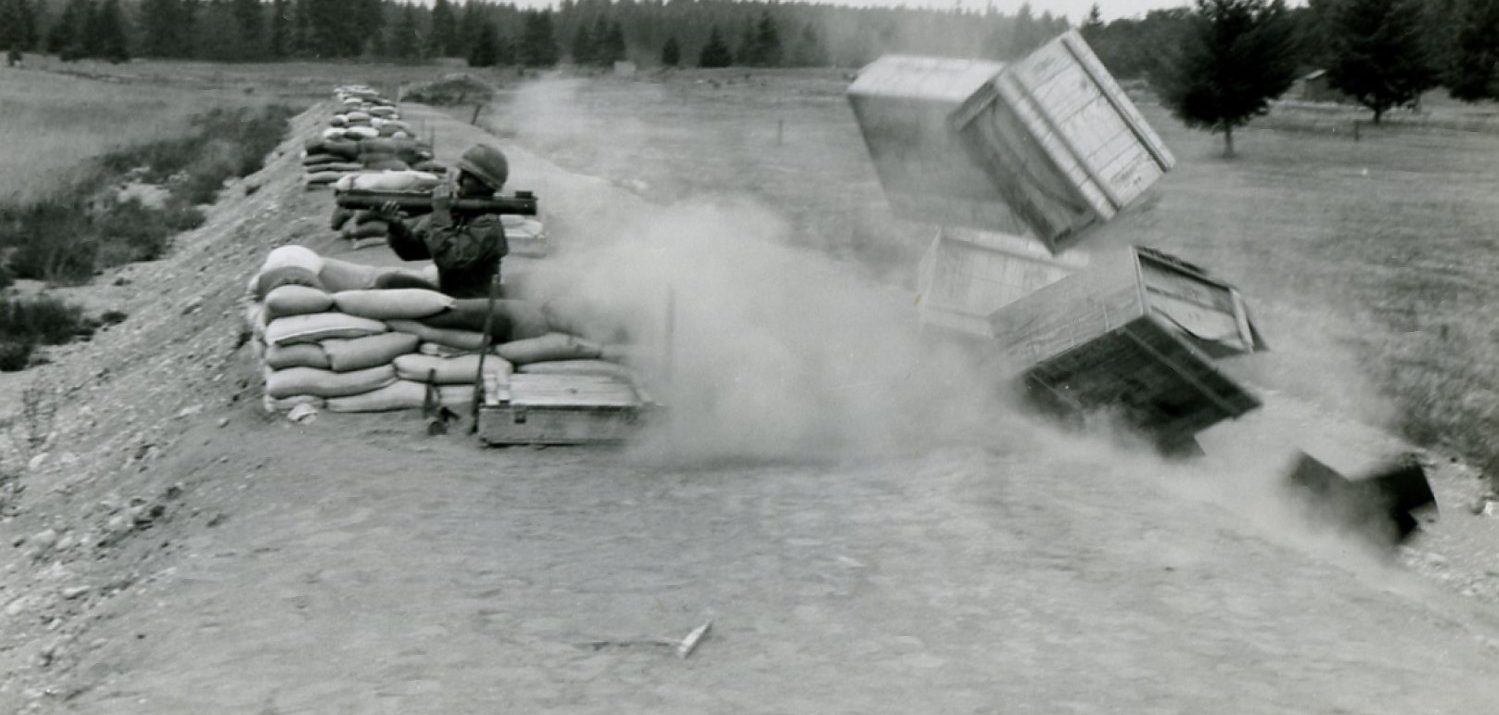
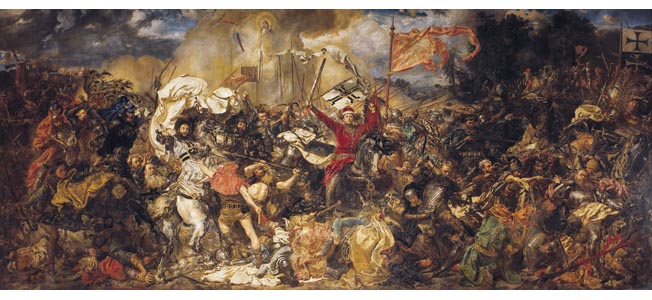
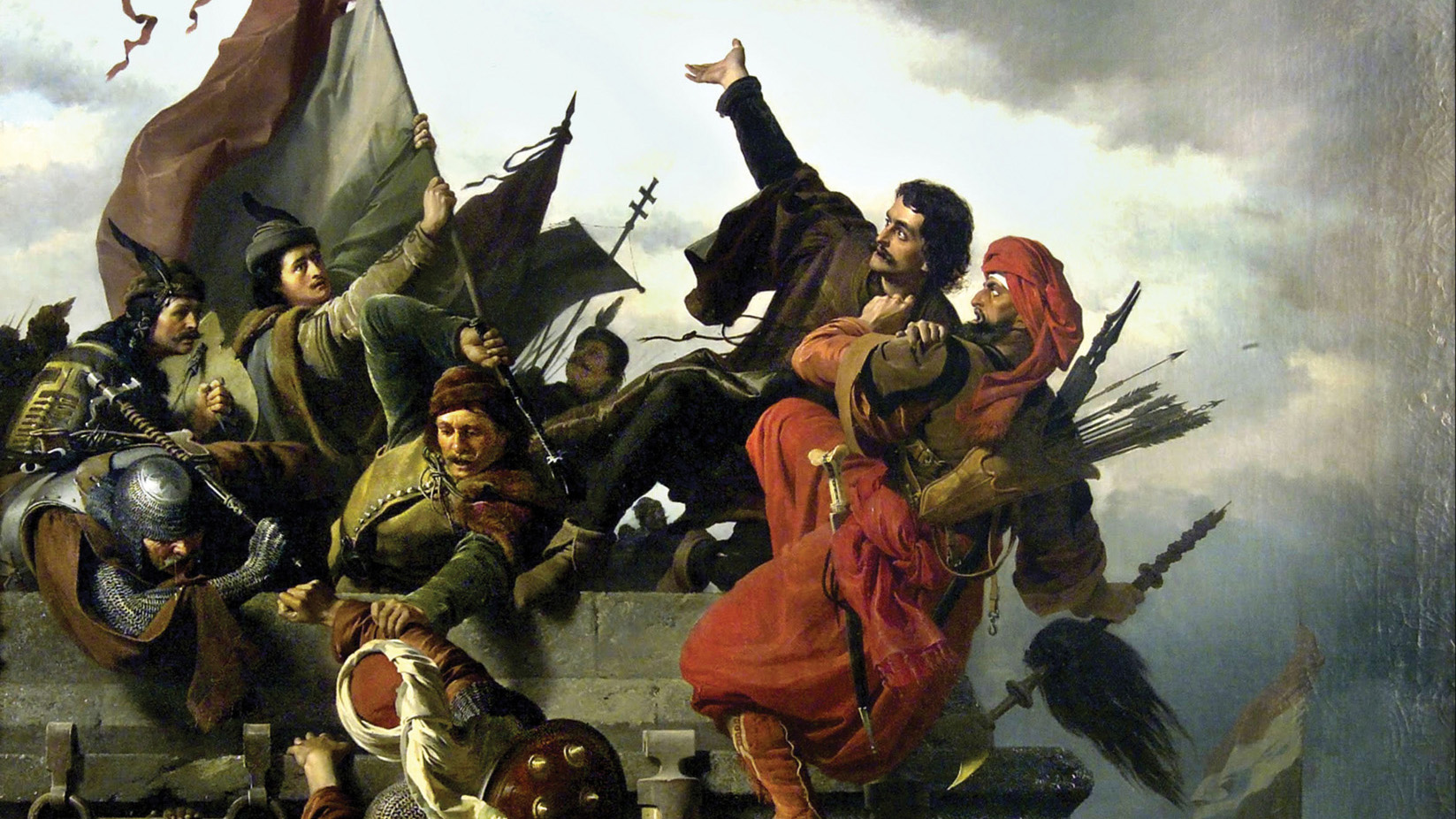
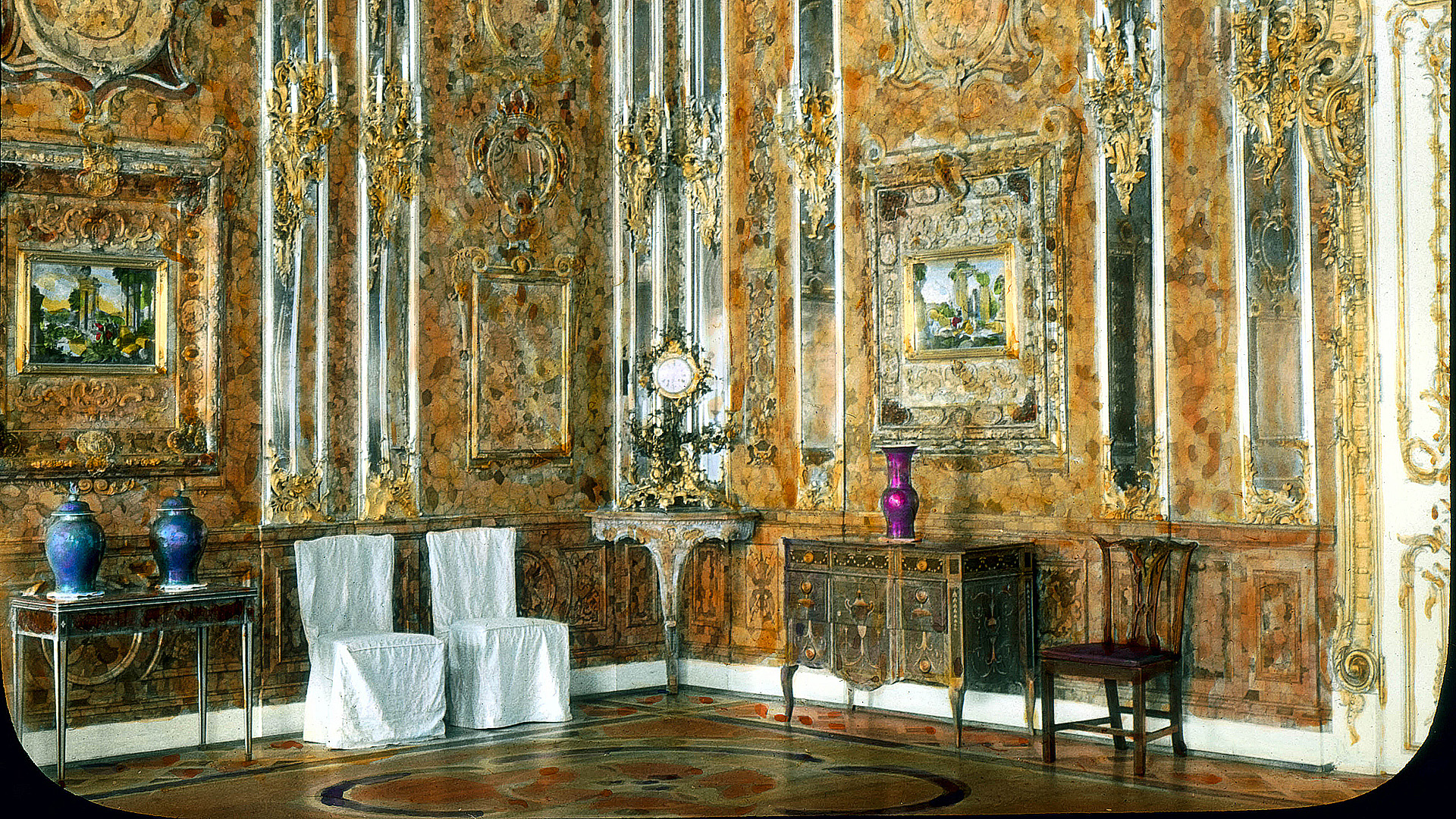
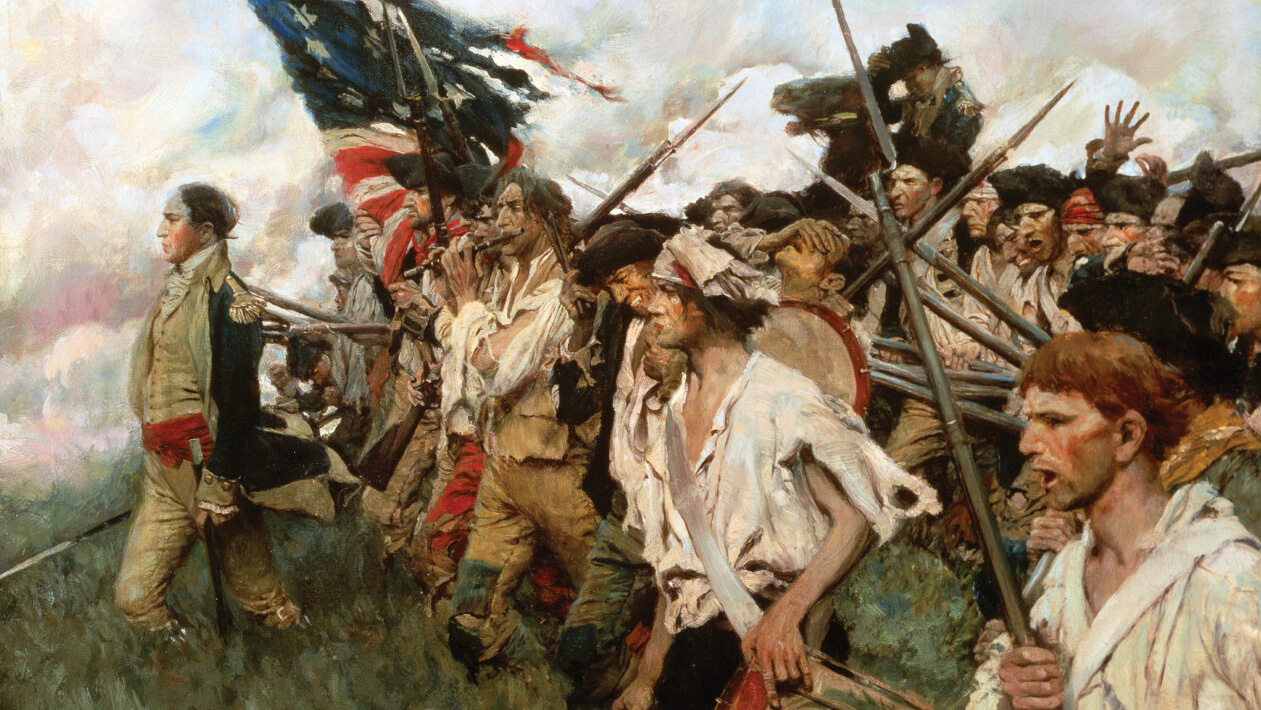
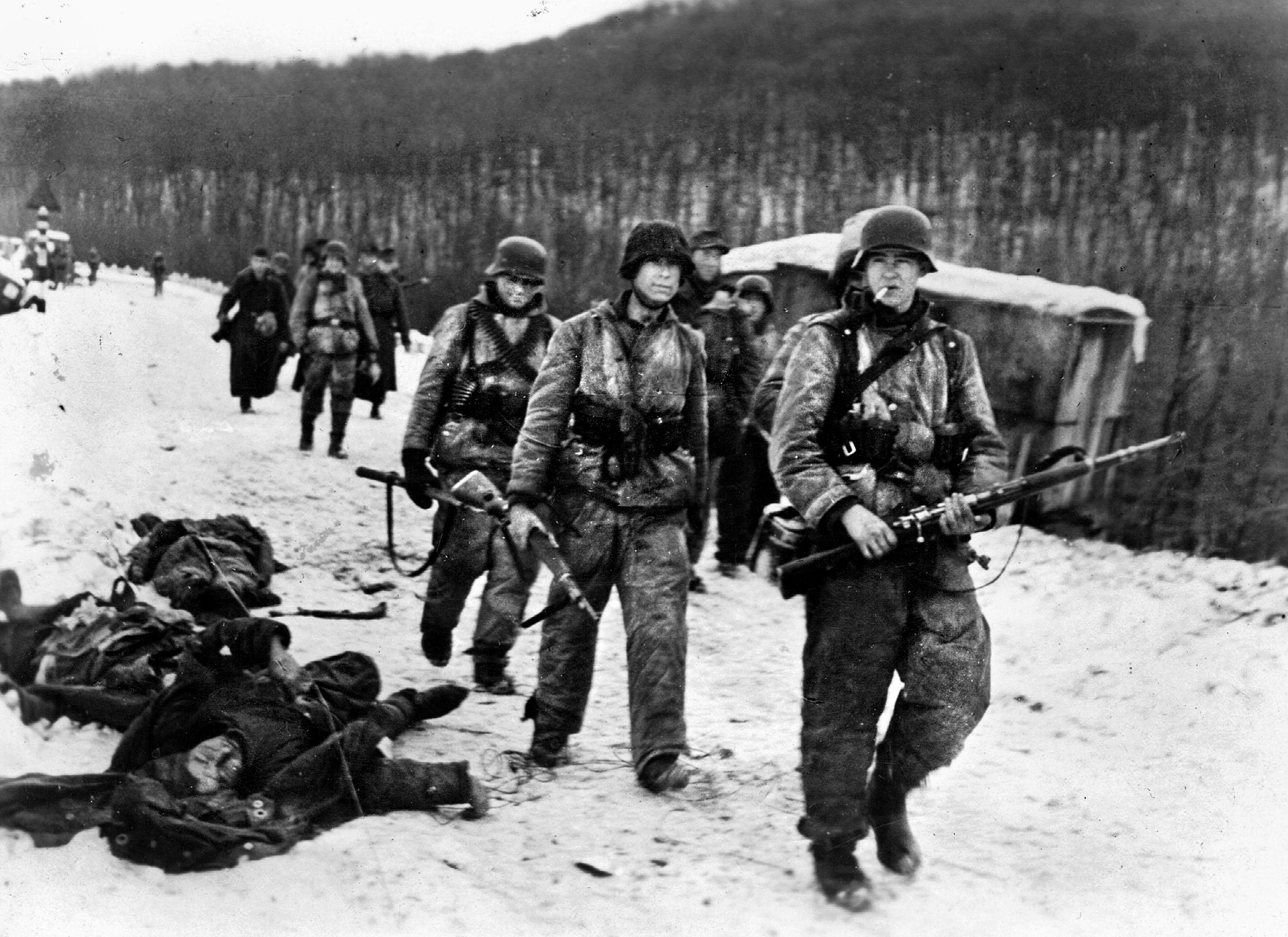
Join The Conversation
Comments
View All Comments